No products in the cart.
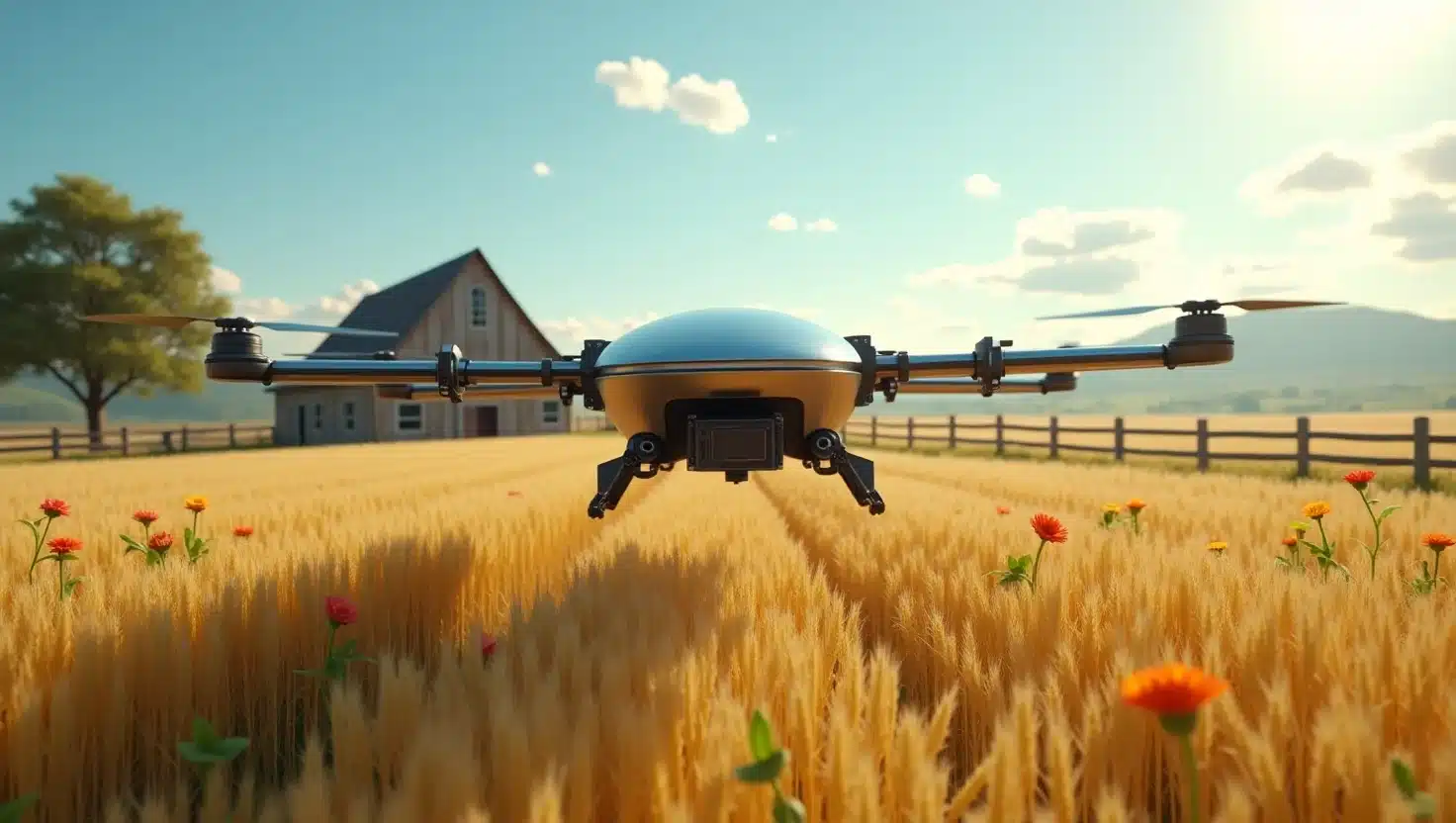
1. Introduction:
Imagine a farm that predicts weather changes, monitors crop health in real-time, and automates irrigation with precision, all powered by artificial intelligence. As technology continues to shape various industries, agriculture is no exception. AI-powered farming is becoming an essential tool for U.S. farmers striving to enhance productivity and sustainability. Yet, many farmers remain uncertain about how to effectively integrate these advanced technologies into their daily practices.
The rapid adoption of AI in agriculture comes as a response to modern challenges such as labor shortages, unpredictable weather patterns, and the increasing need for efficient resource management. With smart farming technologies like AI-driven sensors and precision agriculture tools, farmers can make data-driven decisions that minimize waste and maximize yields.
However, the journey toward AI adoption is not without its challenges. High initial costs, a steep learning curve, and data privacy concerns often deter farmers from exploring the full potential of AI. Additionally, many small and mid-sized farms lack access to tailored AI solutions, making the transition seem daunting.
Understanding the benefits of AI in agriculture, from improved crop management to enhanced livestock health monitoring, is crucial for overcoming these hurdles. By breaking down the essential concepts and showcasing real-world applications, this guide aims to empower U.S. farmers with the knowledge they need to take the first steps toward AI-powered farming.
In the following sections, we will delve into the basics of AI in farming, explore the latest technologies, and highlight success stories that prove AI’s transformative power in the agricultural landscape.
2. Understanding AI-Powered Farming: The Basics
What is AI-Powered Farming?
AI-powered farming involves the use of artificial intelligence to enhance agricultural processes, from crop monitoring to livestock management. At its core, it leverages data-driven technologies such as machine learning and smart sensors to make informed decisions, ultimately increasing productivity and sustainability. For example, AI algorithms can analyze vast amounts of data from soil sensors, drones, and weather stations to optimize planting schedules and irrigation patterns.
Why Should Farmers Care About AI?
The potential of AI-powered farming extends far beyond automation. By implementing AI tools, U.S. farmers can achieve higher yields with fewer resources. Imagine using AI to predict pest outbreaks before they cause significant damage or to automate livestock feeding based on real-time health data. These technologies enable farmers to make precise interventions, saving time, labor, and costs.
Moreover, AI applications like precision agriculture are designed to address some of the biggest challenges farmers face today, such as labor shortages and climate unpredictability. For small and mid-sized farms, starting with basic AI tools, like crop health monitoring systems or automated irrigation setups, can make a significant difference without overwhelming the budget.
Addressing Common Concerns
Many farmers hesitate to embrace AI due to concerns about complexity and cost. However, user-friendly interfaces and accessible training programs are increasingly available, making the adoption process smoother. Additionally, government initiatives and grants often support farmers in integrating these technologies.
By demystifying AI-powered farming, we can pave the way for broader adoption, helping farmers reap the benefits of smart technology without sacrificing their traditional practices.
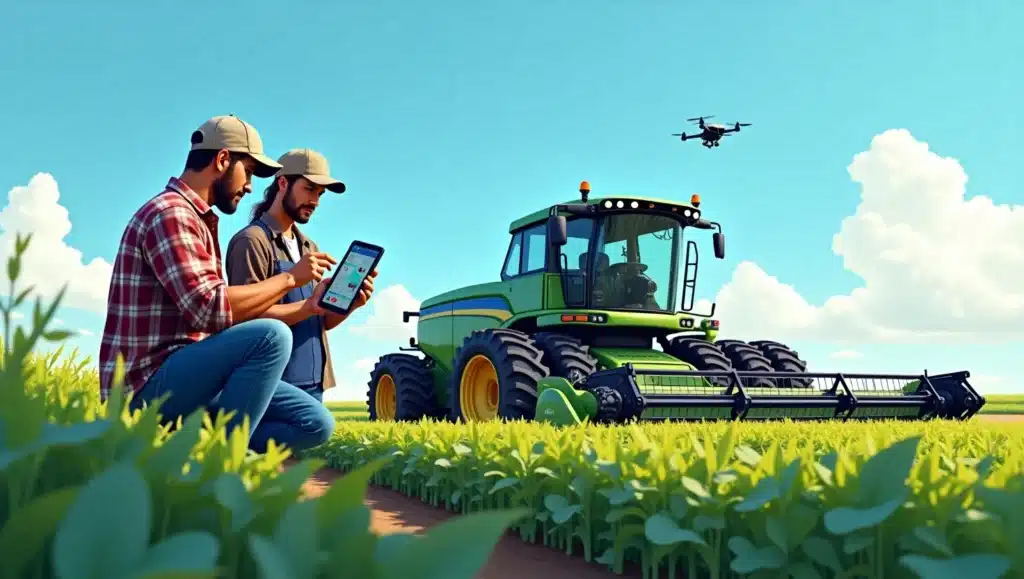
3. Major AI Technologies Transforming U.S. Farms
Smart Farming Technologies: A New Era
The rise of smart farming technologies has marked a turning point for agriculture in the United States. Among the most impactful innovations are AI-powered sensors, which monitor soil conditions, crop health, and environmental factors in real time. These sensors, connected to cloud-based platforms, provide farmers with actionable insights to optimize water usage, nutrient application, and pest control. For instance, soil moisture sensors integrated with AI-driven irrigation systems can automatically adjust water levels, saving resources while ensuring optimal plant growth.
Precision Agriculture: The Power of Data
One of the most significant advantages of AI-powered farming is the ability to practice precision agriculture. By utilizing data from drones, satellites, and ground-based sensors, farmers can accurately assess crop health, detect disease early, and map out field variations. This data-driven approach allows farmers to apply fertilizers and pesticides more efficiently, reducing both costs and environmental impact. Moreover, predictive models can forecast crop yields, helping farmers plan better and minimize risks.
AI in Livestock Farming: Health and Productivity
AI technologies are also revolutionizing livestock farming. Smart monitoring systems use machine learning algorithms to track animal health, detect symptoms of disease, and even predict breeding cycles. This proactive approach ensures timely interventions, reducing livestock mortality and improving productivity. In dairy farming, for instance, automated milking systems analyze milk quality and detect abnormalities, allowing farmers to address issues promptly.
By integrating these technologies, U.S. farmers can achieve greater efficiency, sustainability, and profitability, paving the way for a future where agriculture is not just reactive but intelligently proactive.
4. Case Studies: Real-World Examples
Midwest Corn Farm: AI-Driven Irrigation Success
One striking example of AI-powered farming can be found in a Midwest corn farm that faced persistent water management issues. The farmer implemented an AI-driven irrigation system equipped with soil moisture sensors and real-time data analytics. By constantly monitoring soil conditions, the system automatically adjusted irrigation schedules, significantly reducing water waste. As a result, the farm reported a 20% decrease in water usage and a 15% increase in crop yield within just one season.
Dairy Farming with AI Health Monitoring
Another successful case comes from a small dairy farm in Wisconsin. The farmer integrated an AI-based health monitoring system to track the well-being of dairy cows. The system analyzed data from wearable sensors to detect early signs of illness, stress, or changes in milk production. With timely interventions based on the insights, the farm reduced veterinary costs by 30% and saw a marked improvement in overall milk quality.
Smart Pest Detection in California Vineyards
In California, a vineyard struggling with pest infestations adopted AI-powered drone technology to monitor the health of grapevines. The drones, equipped with machine learning algorithms, scanned fields for signs of disease and pest activity. Early detection allowed for targeted pesticide application, reducing chemical use by 40% while maintaining grape quality.
Key Takeaway
These real-world applications illustrate the tangible benefits of AI in agriculture. From water conservation to animal health monitoring and pest management, AI-powered farming offers practical, sustainable solutions that drive productivity and efficiency. Farmers can take inspiration from these success stories to explore AI tools suitable for their unique needs.

5. Overcoming Challenges and Adopting AI
Barriers to AI Adoption
Despite its potential, the adoption of AI-powered farming still faces several challenges, especially among small and mid-sized farms in the United States. One of the most significant barriers is the high initial cost of AI technologies. Purchasing advanced sensors, AI-driven machinery, and software can strain the budgets of smaller farms. Moreover, many farmers are unsure about the return on investment, making them hesitant to take the plunge.
Another major hurdle is the lack of technical knowledge. Many farmers are skilled in traditional methods but unfamiliar with digital tools and data analysis. Integrating AI into daily operations requires training, which can feel daunting for those used to conventional practices. Additionally, data privacy and cybersecurity are growing concerns, as connected devices may expose farm data to vulnerabilities.
Practical Steps for Farmers
To ease the transition, farmers should start with small-scale AI implementations. For instance, investing in affordable soil sensors or AI-based weather prediction apps can offer immediate benefits without overwhelming costs. Collaborating with local agricultural extension services can also provide valuable insights and hands-on training.
Furthermore, farmers should take advantage of government grants and funding opportunities designed to support technology adoption in agriculture. Agencies like the USDA offer financial assistance to help farmers integrate sustainable practices, including AI-powered solutions.
By addressing these challenges head-on and taking incremental steps, U.S. farmers can embrace AI technologies confidently, transforming challenges into opportunities for growth and sustainability.
6. Conclusion: Embracing the Future of Farming
The adoption of AI-powered farming in the United States is not just a trend, it’s a transformative movement that promises to reshape agriculture. As farmers face increasing challenges, from unpredictable weather to labor shortages, integrating AI technologies becomes essential for sustainable and efficient farming practices.
Throughout this guide, we’ve explored the practical applications of AI in agriculture, from smart irrigation systems that conserve water to livestock health monitoring that enhances productivity. Real-world examples show that even small and mid-sized farms can benefit from AI innovations, provided they take a strategic and gradual approach to adoption.
However, the journey is not without obstacles. High costs, a lack of technical expertise, and data privacy concerns remain significant barriers. Yet, with the right mindset and resources, these challenges are not insurmountable. By starting small, like adopting basic soil monitoring tools or AI-powered pest detection, and utilizing available government grants, farmers can gradually integrate AI without risking their livelihoods.
Looking ahead, the potential of AI in agriculture is vast. As more affordable and user-friendly tools emerge, farmers who adapt early will be better positioned to thrive. Whether it’s boosting yields, optimizing resource use, or ensuring animal welfare, AI-powered farming offers practical solutions that align with modern agricultural demands.
Call to Action:
Now is the time to explore how AI can benefit your farm. Start by researching beginner-friendly AI tools, seek guidance from local agricultural experts, and stay informed about new developments. Embracing AI today means securing a more resilient and productive farm tomorrow.
FAQs:
Q1. What is AI-powered farming, and how does it work?
AI-powered farming involves using artificial intelligence technologies, such as machine learning and smart sensors, to optimize agricultural practices. This includes tools like precision irrigation, crop health monitoring, and livestock tracking. AI analyzes data to help farmers make better decisions, leading to higher productivity, reduced waste, and improved sustainability.
Q2. What are the benefits of using AI in agriculture?
AI in agriculture can significantly increase efficiency and sustainability. Some key benefits include optimized resource use (such as water and fertilizers), early disease detection, better crop management, and enhanced livestock health monitoring. It can also help farmers reduce labor costs and improve decision-making with data-driven insights.
Q3. Is AI-powered farming only for large-scale farms?
No, AI-powered farming is accessible to farms of all sizes. While larger farms may have more resources to invest in advanced technologies, small and mid-sized farms can benefit from affordable AI tools like soil sensors or weather prediction apps. Many AI solutions are scalable and designed to be user-friendly, making them suitable for all types of farmers.
Q4. What challenges do farmers face when adopting AI in farming?
Farmers may encounter several challenges when adopting AI, including high initial costs, a lack of technical expertise, and concerns about data privacy. However, there are many resources, such as government grants and training programs, that can help farmers overcome these obstacles and integrate AI tools effectively.
Q5. How can a farmer start using AI on their farm?
Farmers can start by implementing small-scale AI tools, such as soil moisture sensors or automated irrigation systems, which offer a low-risk entry point. It’s also helpful to seek advice from agricultural extension services and explore financial assistance programs to help with the initial investment. Starting with one or two AI applications can gradually lead to more advanced systems over time.
Related Articles
Livestock Farming
AI in Aquaculture: How Smart Tech is Transforming Fish Farming
1. Introduction: The world’s appetite for seafood is growing fast, yet traditional...
Livestock Farming
The Future of Farming: Why AI-Powered Tractors Are Gaining Popularity
1. Introduction: Across the world, farmers are grappling with rising costs, shrinking...
Livestock Farming
Using AI to Track Livestock Health and Prevent Disease Outbreaks
1. Introduction: In recent years, livestock farmers around the world have faced...
Livestock Farming
How Machine Learning Is Changing Fertilizer Application on Farms
1. Introduction: For decades, farmers have applied fertilizer using general formulas, blanket...
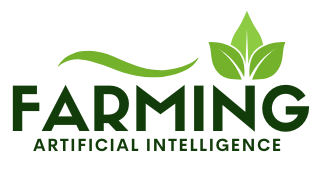
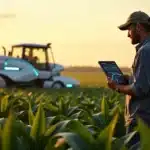

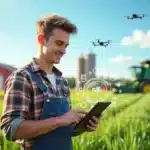

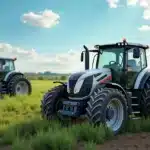


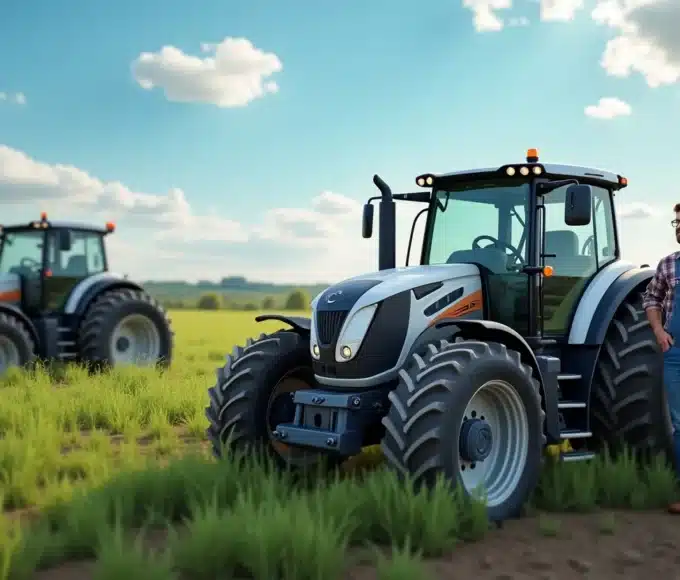
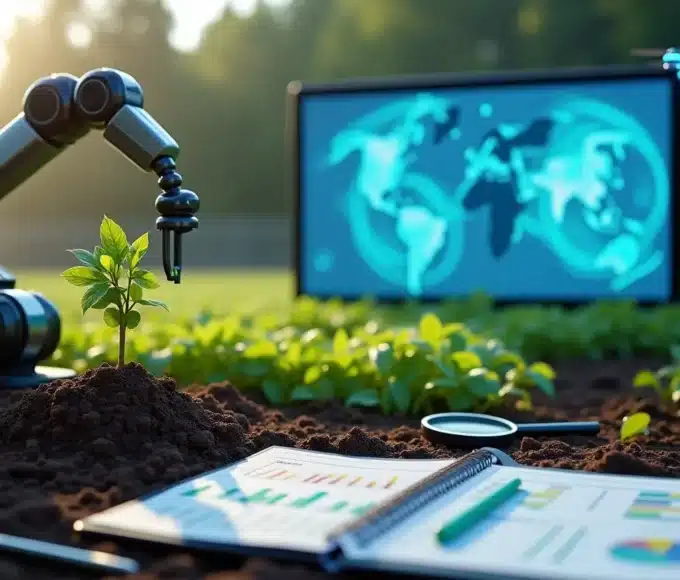
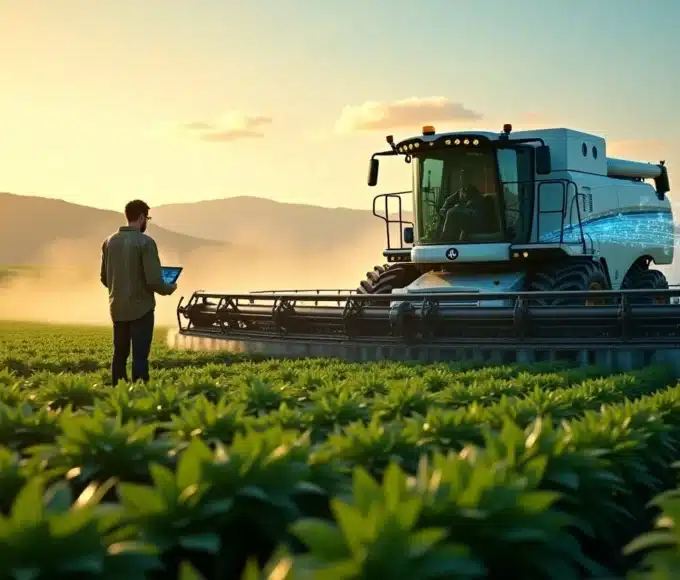
Leave a comment